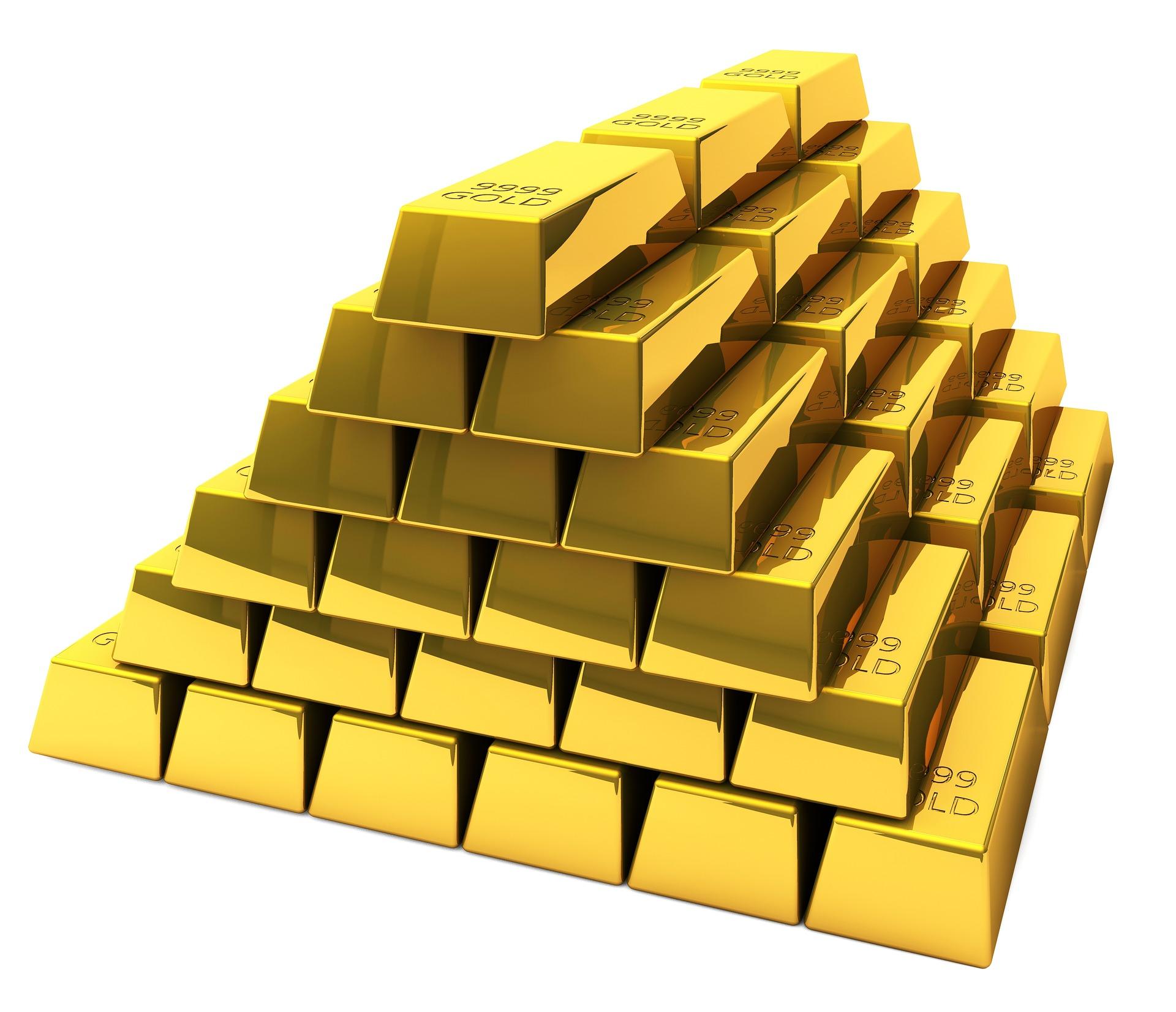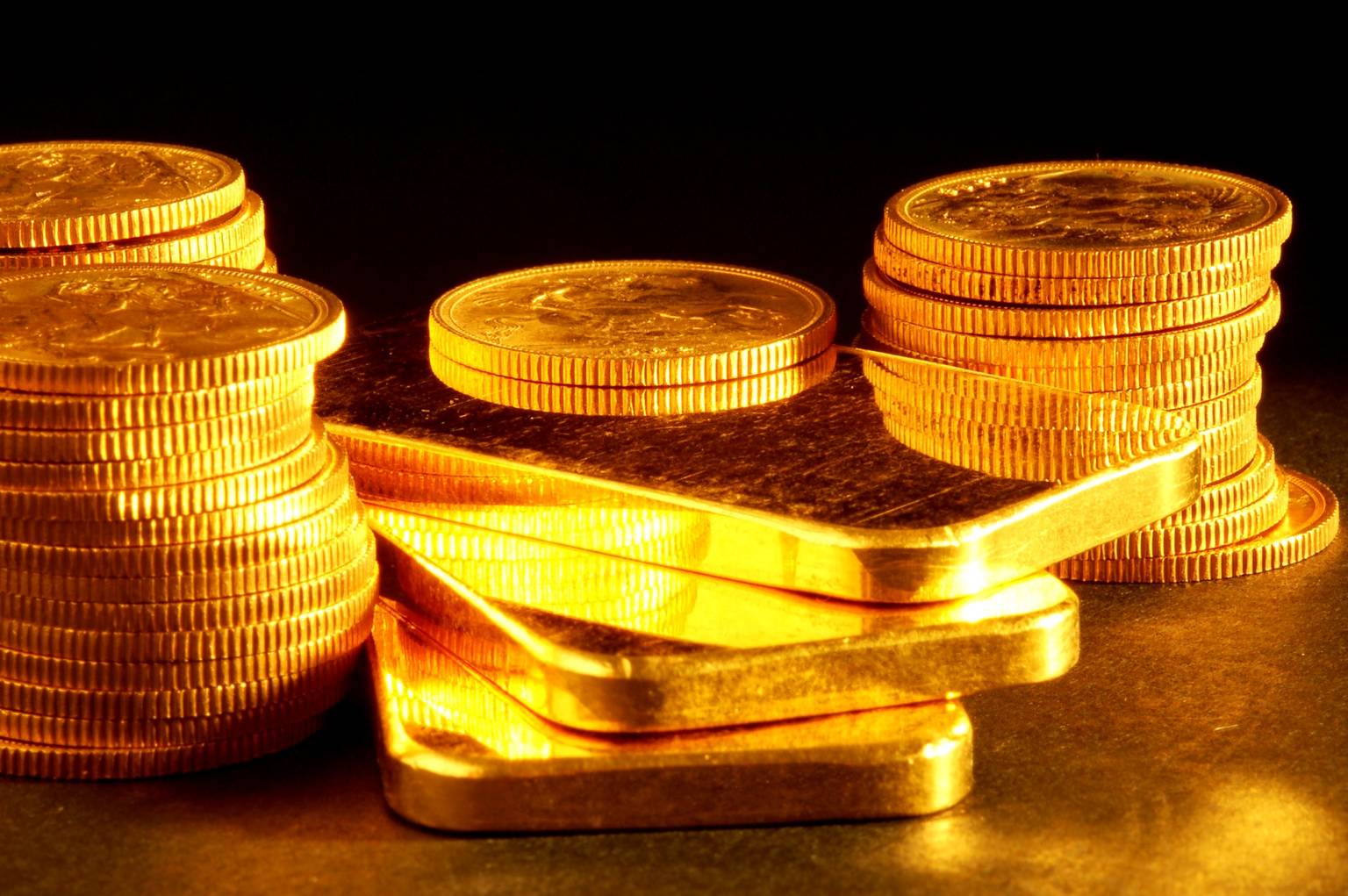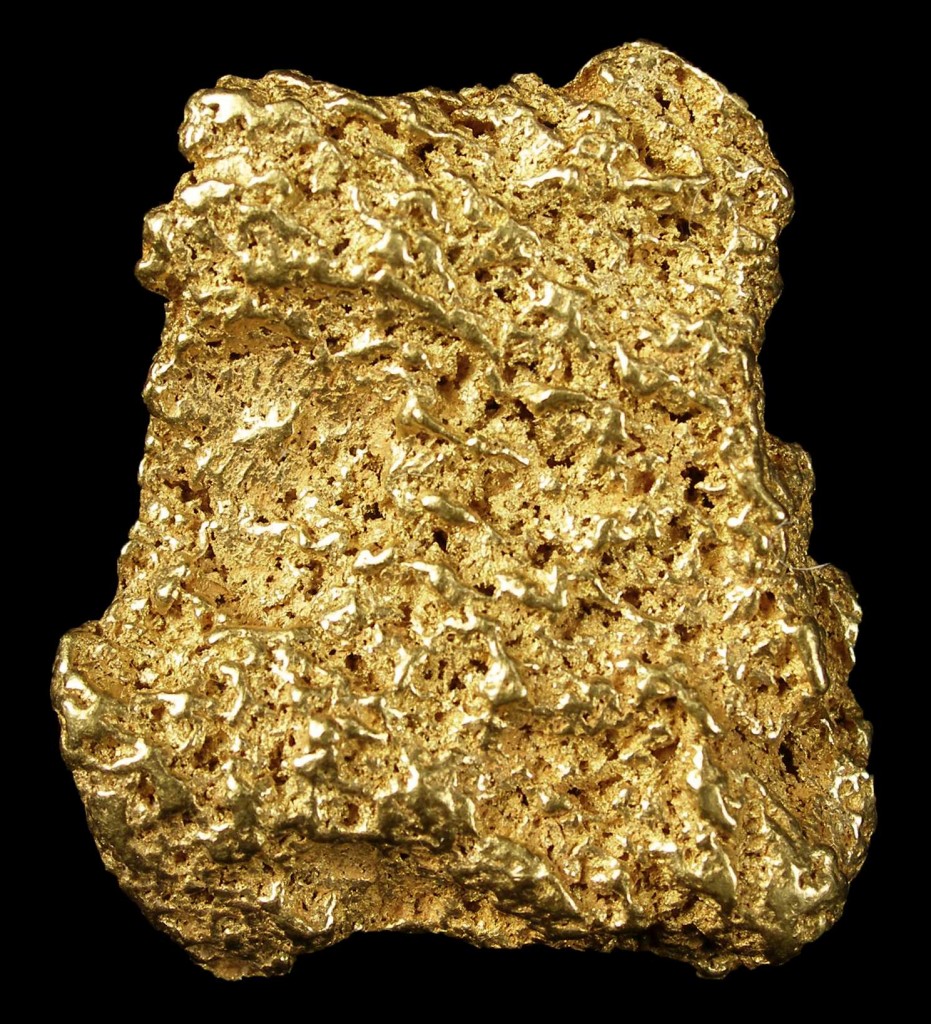When Is Gold Birthday? Uncovering The Precious Metal's True Origins
Have you ever wondered about the "birthday" of gold? It is a fascinating thought, to be sure. We celebrate birthdays for people, for nations, and even for ideas. But what about something as ancient and enduring as gold? It seems like a simple question, yet its answer takes us on a journey through cosmic history and deep into the very fabric of our planet. So, when did this gleaming treasure truly come into being?
The idea of gold having a specific "birthday" like a person is, well, a little bit of a human concept, isn't it? Gold, as a chemical element, is much older than humanity itself. It has been around for an incredibly long time, far longer than any recorded history we have. Its story begins not in a mine, or a riverbed, but in the fiery heart of distant stars, a truly spectacular beginning.
So, while we might not find a specific date on a calendar to mark gold's grand arrival, we can certainly explore the moments that define its existence. We can look at its cosmic birth, its journey to Earth, and the very first times people truly began to appreciate its unique shine. This exploration, in a way, gives us a much richer sense of its enduring presence, a presence that continues to capture our imagination, really.
Table of Contents
- The Cosmic Genesis: Gold's True Beginning
- When Did Humans "Discover" Gold? A Historical Look
- Gold in Our Modern World: Still Finding Treasures
- Why Gold Matters: More Than Just a Metal
The Cosmic Genesis: Gold's True Beginning
If we are talking about the very beginning of gold, its actual "birth" date, we have to look far beyond our planet. Gold, the element, has an origin story that is truly out of this world. It is a story of immense power and cosmic events, a tale that gives us a deep sense of its fundamental nature, very deep.
Born in the Stars: A Stellar Story
Gold, like many heavy elements, does not form in the everyday fusion processes of stars. It needs something far more dramatic. Scientists tell us that gold is created in some of the most violent events in the universe: neutron star collisions. When two incredibly dense neutron stars crash into each other, the forces involved are so immense that they forge elements heavier than iron. This process, known as a kilonova, scatters these newly made elements, including gold, across the cosmos. So, in a way, every speck of gold you see was born in a cosmic explosion, millions or even billions of years ago, a truly spectacular origin, you know.
These stellar nurseries, these cosmic crashes, are the true birthing grounds for gold. It is not something that just appeared. It was forged in extreme conditions, a testament to the universe's incredible power. The gold we hold today carries the echoes of these ancient, powerful events, a deep connection to the universe's grand workings, to be honest.
Arriving on Earth: A Fiery Journey
After its creation in distant star explosions, gold, along with other elements, traveled through space. It became part of the gas and dust clouds that eventually formed our solar system. As Earth began to take shape, this cosmic dust, rich with gold, coalesced and became part of our planet's molten core and crust. So, the gold that sits in riverbeds or deep underground has been here since Earth itself formed, more or less.
Over billions of years, geological processes moved and concentrated this gold. Volcanic activity, erosion, and the movement of tectonic plates brought some of it closer to the surface. This long, slow journey from cosmic dust to accessible deposits is a significant part of gold's story on Earth. It is a story of immense time, a rather long process, actually.
When Did Humans "Discover" Gold? A Historical Look
While gold itself has no human birthday, its "discovery" by people is a different matter. Humans have interacted with gold for thousands of years, perhaps even since prehistoric times. The moment someone first picked up a shiny, yellow nugget and recognized its unique qualities, that was a kind of "discovery" birthday for our relationship with this metal, you know.
Early Encounters: Gold in Ancient Times
The earliest known uses of gold date back to ancient civilizations. People in places like Egypt, Mesopotamia, and the Indus Valley were using gold thousands of years before the common era. They found it in rivers, as placer gold, or dug it from shallow deposits. It was valued for its beauty, its resistance to tarnish, and its rarity. It became a symbol of power, wealth, and divinity. This early appreciation marked a significant chapter in gold's human story, a very important chapter.
Ancient artifacts show how skilled early artisans were with gold. They crafted intricate jewelry, death masks, and religious objects. The allure of gold was strong even then, driving people to seek it out and transform it into works of art. This long history of human interaction with gold is, in a way, its ongoing "birthday" celebration, isn't it?
The Allure of Placer Gold
Much of the gold found in ancient times, and even today by many prospectors, is "placer gold." This is gold that has been weathered out of rock formations and carried by rivers and streams. It collects in riverbeds, often alongside black sand. My text mentions "Lots of black sand and a little gold," which is a common sight for those looking for placer deposits. This type of gold is relatively easy to find, as it does not require deep mining, just a little bit of searching, you know.
The simplicity of finding placer gold, just by sifting through river gravel, made it accessible to early communities. This accessibility fueled the initial human fascination with gold. It was a tangible, beautiful reward for a relatively simple effort, a pretty direct connection to the Earth's bounty.
A Noteworthy Date: The 1887 Discovery in New Orleans
While gold has been known for ages, specific discoveries often mark important moments. My text mentions a rather interesting one: "Gold, but the discovery was ridiculed until april, 1887, when claussen & lynch, assayers, of new orleans, showed $ 19.80 in silver and $ 179.84 in gold per ton of sand." This date, April 1887, represents a moment when a specific discovery of gold, perhaps in a new or unexpected location or form, gained legitimacy through professional assaying. It was a turning point for that particular find, a kind of "validation birthday" for that specific gold source, so to speak.
This incident highlights how even in relatively modern times, new gold finds can be met with skepticism until proven. The assayers, Claussen & Lynch, played a key role in confirming the value of the sand. This specific date, April 1887, is not gold's universal birthday, of course, but it is a very real "birthday" for a particular, validated gold discovery, a rather significant event for those involved, I imagine.
Gold in Our Modern World: Still Finding Treasures
Even today, with all our technology, the hunt for gold continues. People are still finding it, still experiencing the thrill of discovery. My text talks about the "Gold prospecting forum" and "prospectors journals," showing that this activity is very much alive and well. The excitement of finding a "bb sized nugget at one spot" is a universal feeling for those who seek gold, a pretty amazing moment, actually.
The Thrill of the Hunt: Prospecting Today
Prospecting for gold remains a popular hobby and, for some, a serious pursuit. It connects people to the land and to a very old human desire. Metal detecting for gold nuggets is a big part of this, as my text points out: "Metal detecting for gold nuggets can be fun and profitable." Forums exist for people to share their "best finds" and talk about their experiences, whether they are successes or failures. It is a community built around the shared passion for discovery, a rather engaging pastime.
People use various tools and techniques. From simple gold pans to more advanced sluicing setups, the methods vary. My text mentions "gold sluicing is one of the most efficient gold retrieval methods known," which is very true. It is about patience, knowledge of geology, and a little bit of luck, in a way.
From Glaciers to Gold Flakes: Wisconsin's Story
It might surprise some, but gold is found in unexpected places. My text states, "Gold can be found virtually anywhere in wisconsin, due to the glaciers dropping off dirt and gold from canada." This is a fascinating detail. Glaciers, those massive ice sheets, acted like giant bulldozers, moving material, including fine gold, from Canada and depositing it across Wisconsin. So, even in places not traditionally known for gold rushes, there is gold to be found, often in "fine gold" particles.
Areas like "Big falls, eau claire county" and "around wausau" have produced "gold flakes." This shows that gold is not just in famous gold rush areas. It is distributed more widely than many might think, a rather interesting fact about its presence. The idea that "There should be gold there from before the dam was built even in the minutest amount" also points to the persistent presence of gold in certain landscapes, even after human alterations, you know.
Tools of the Trade: Metal Detecting and Sluicing
Modern prospectors use a range of tools. Metal detectors, like the Vanquish 540 mentioned in my text, are popular for finding nuggets. "I use my custom settings almost exclusively now," one person says, showing how personalizing equipment can help. These devices help locate gold hidden beneath the surface. My text also touches on how gold can be attracted by static electricity, a concept Pat Keene discussed, which is a bit of an interesting aspect of gold's properties.
Sluicing is another key method. It uses flowing water to separate heavier gold particles from lighter materials. It is described as "the prospecting equivalent to vacuuming up treasure," which gives a good picture of its efficiency. These tools, combined with knowledge of where gold might settle, help people find the precious metal today, pretty effectively.
Why Gold Matters: More Than Just a Metal
Gold is more than just a shiny substance; it has deep cultural, economic, and historical significance. It has driven explorations, sparked rushes, and shaped economies. The "canyon of gold was well known for its placer gold mining and sparked the american gold rush in the 1800s," as my text points out. This shows how gold can literally change the course of history, rather dramatically.
Its enduring value, its beauty, and its unique properties mean gold will always hold a special place. Whether it is in jewelry, electronics, or as a store of wealth, gold continues to be important. So, while we cannot pinpoint a single "birthday" for gold itself, every discovery, every piece found, every time it is admired, is a moment that celebrates its long and remarkable existence, a truly timeless appeal, it is.
Perhaps the real "birthday" of gold is every day. Every day someone finds a flake, every day it is used in a new way, and every day we continue to be amazed by its natural beauty. To learn more about gold prospecting on our site, you can explore the various methods and communities. You might also want to check out this page for more historical insights into gold's journey. If you are curious about gold's properties, you can also look into its atomic structure and why it behaves the way it does, perhaps on a site like Britannica, which offers detailed scientific information.
Frequently Asked Questions About Gold's Origins
How was gold formed?
Gold was formed in extremely powerful cosmic events, specifically the collision of neutron stars. These events create the immense energy needed to forge elements heavier than iron, like gold, which then spread through the universe.
When was gold first used by humans?
Humans first began using gold thousands of years ago, dating back to ancient civilizations like those in Egypt and Mesopotamia. They valued it for its beauty and permanence, crafting it into jewelry and ceremonial objects.
Is gold older than Earth?
Yes, gold is indeed older than Earth. The gold particles that became part of our planet were created in distant stellar explosions billions of years before Earth itself formed from cosmic dust and gas.

100 Facts About Gold You Should Know | American Bullion

Introduction to Gold

Gold nugget